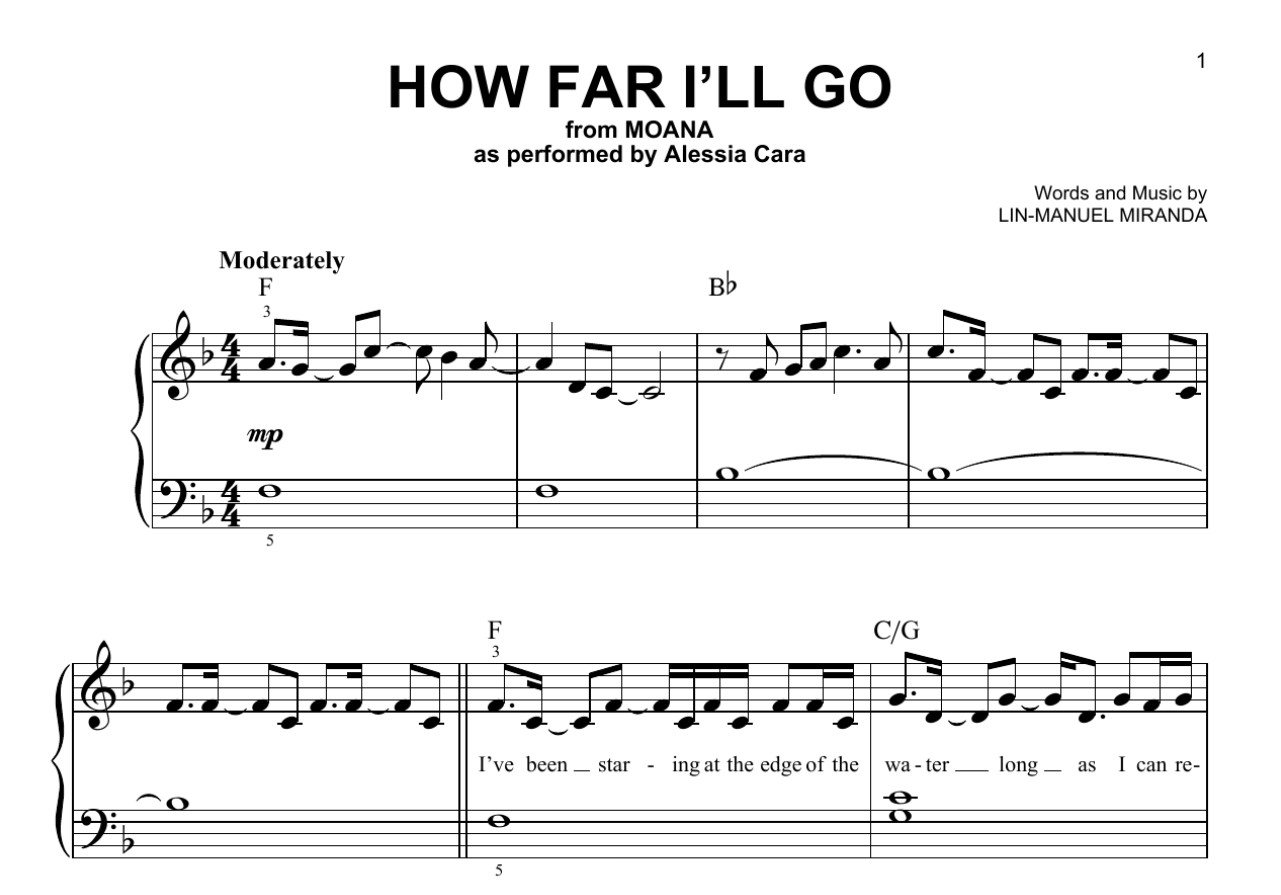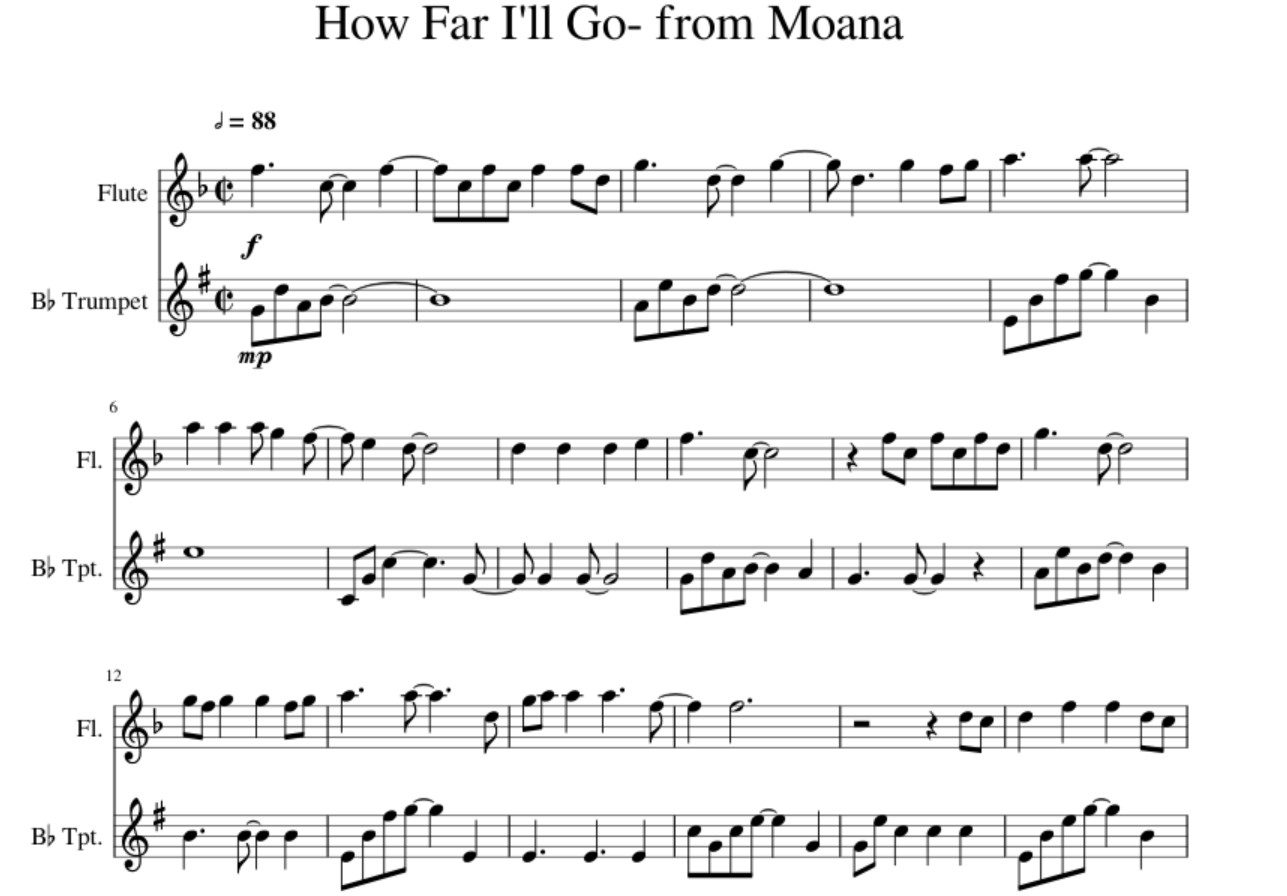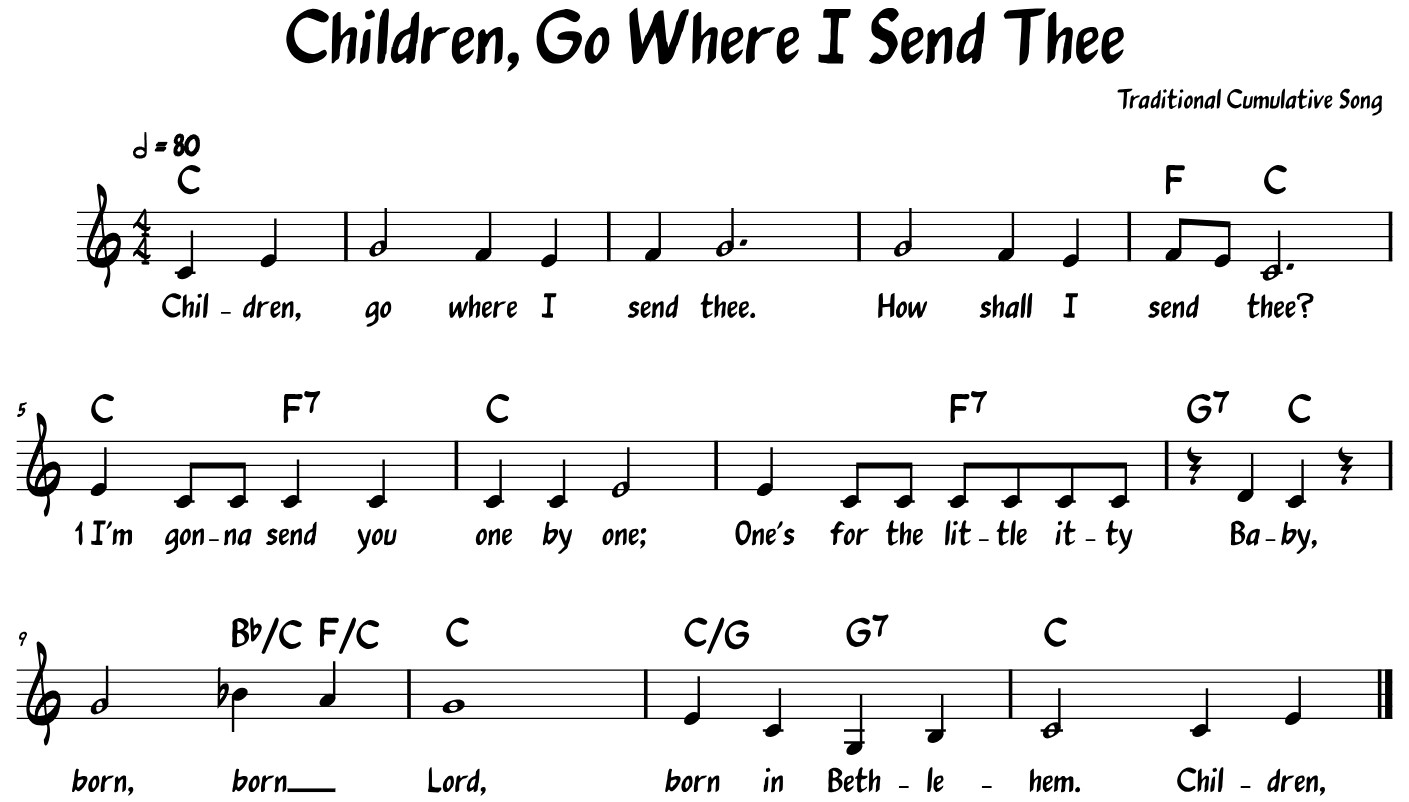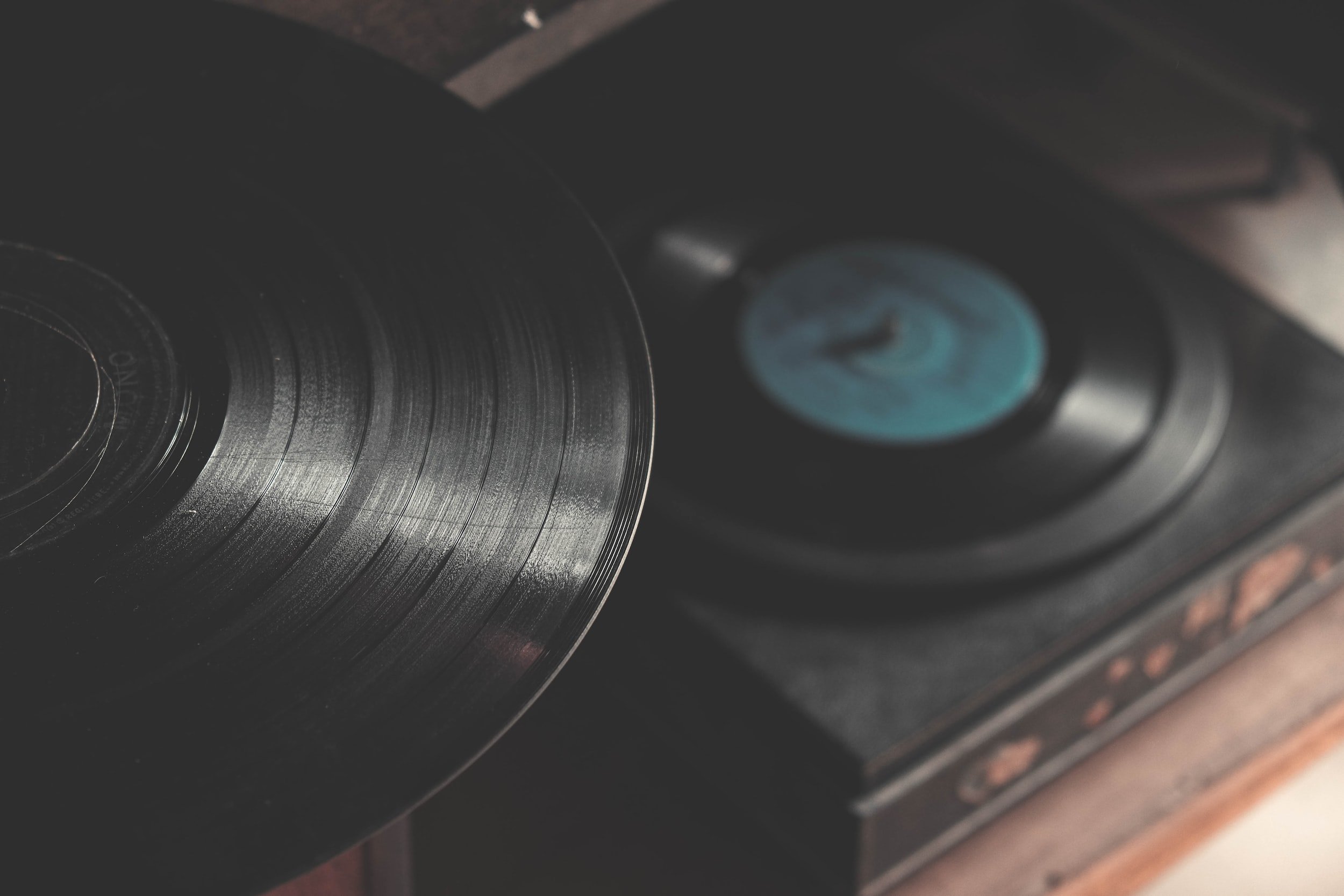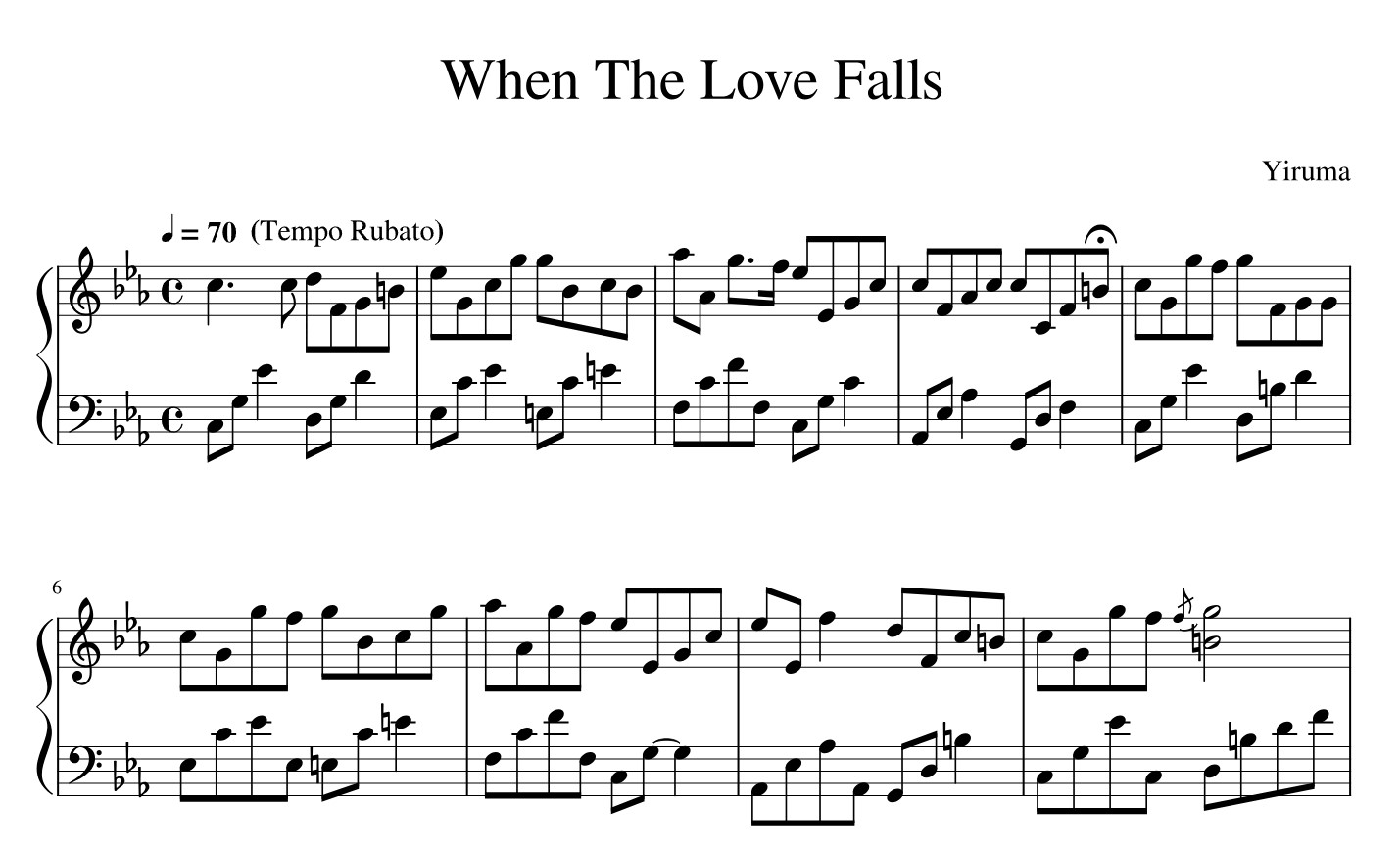Home>Production & Technology>Sheet Music>When The Saints Go Marching In Recorder Sheet Music With Letters
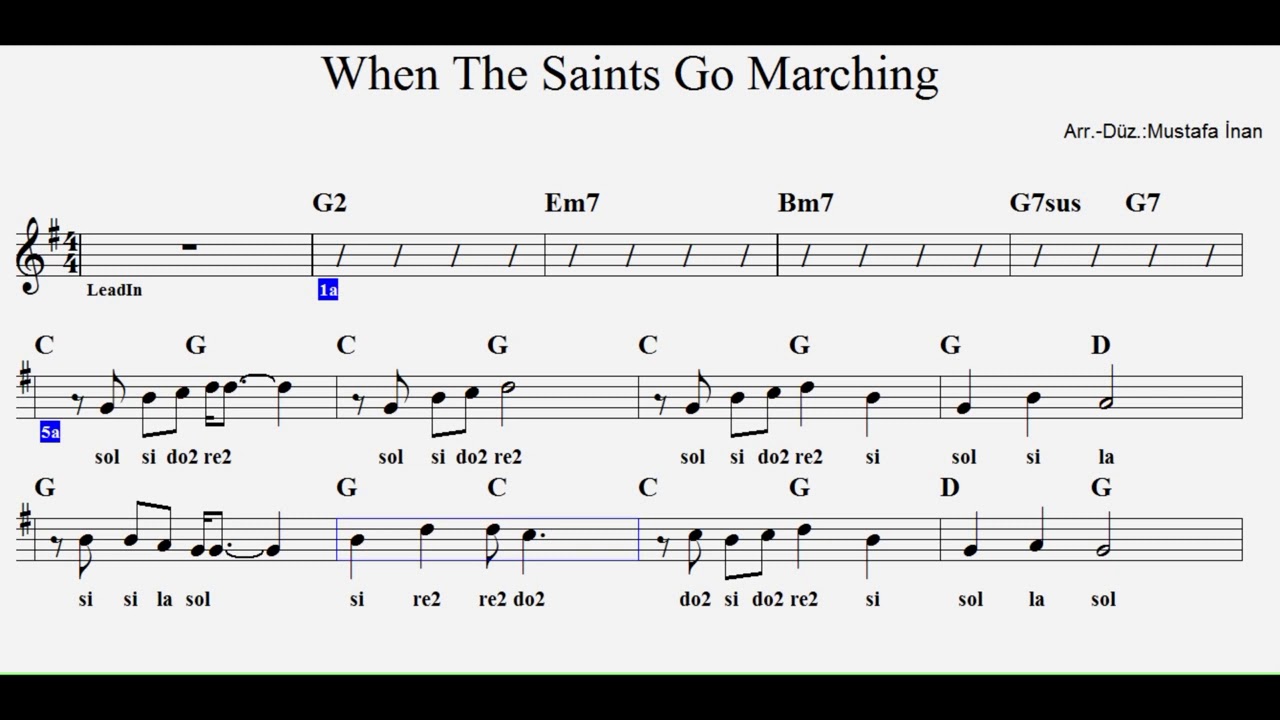

Sheet Music
When The Saints Go Marching In Recorder Sheet Music With Letters
Modified: January 22, 2024
Get sheet music for "When The Saints Go Marching In" on recorder with letters. Perfect for beginners. Learn to play this classic tune today.
(Many of the links in this article redirect to a specific reviewed product. Your purchase of these products through affiliate links helps to generate commission for AudioLover.com, at no extra cost. Learn more)
Table of Contents
Introduction
Welcome to the world of sheet music and the enchanting sounds of the recorder! If you’re a beginner learning to play the recorder or an experienced musician looking for new pieces to add to your repertoire, you’ve come to the right place.
The recorder is a popular woodwind instrument that has been enjoyed for centuries. It is often one of the first instruments that individuals learn to play due to its simplicity and affordability. Whether you’re a student, amateur musician, or professional artist, the recorder offers a wide range of musical possibilities.
Sheet music is the written form of music notation that allows musicians to interpret and play a piece accurately. It consists of a series of symbols, notes, and other markings that indicate pitch, rhythm, dynamics, and expression. Learning to read sheet music is an essential skill for anyone serious about pursuing music.
One common challenge for beginners when it comes to reading sheet music is understanding the relationship between the notes on paper and the corresponding pitches on the recorder. This is where sheet music with letters can be a great learning tool.
Sheet music with letters, also known as staff notation with letter notation, combines traditional sheet music symbols with the addition of letter names placed above or below the notes. This helps beginners easily identify the corresponding notes on the recorder and aids in the learning process.
In this article, we will explore the world of sheet music with letters and its role in learning and playing the recorder. We will also delve into a specific piece of music, “When The Saints Go Marching In,” and provide you with recorder sheet music and step-by-step instructions to play this iconic tune.
So get your recorder ready and let’s embark on a musical journey filled with knowledge, excitement, and the joy of making beautiful music!
Understanding the Recorder
The recorder is a member of the woodwind instrument family and is distinguished by its flute-like appearance and sound. It is characterized by a cylindrical tube with seven finger holes and a thumb hole, along with a mouthpiece that includes a fipple, or a small wooden mouthpiece that produces the sound. The size and shape of the recorder vary, and different sizes produce different pitches.
The recorder has a long history that dates back to ancient times, with its origins rooted in Europe and the Middle East. It has played a significant role in various musical genres and has experienced periods of popularity throughout different times in history.
One of the fantastic features of the recorder is its simplicity. It is a relatively easy instrument to learn and is often introduced to young children in schools as an entry point to music education. Its fingering system is straightforward, making it accessible for beginners and allowing them to play simple melodies quickly.
Moreover, the recorder is a versatile instrument that can be played in various musical styles, including classical, folk, baroque, and even contemporary genres. It is capable of producing a sweet, pure tone that complements both solo and ensemble performances.
Understanding the recorder’s range is important in grasping its capabilities. The recorder’s range typically spans about two octaves, starting from the lowest note, which is usually written as C4 on the staff. The highest note, which can vary depending on the size of the recorder, can go up to C6 or even higher.
As with any instrument, mastering the recorder requires practice and dedication. Developing good breath control, finger coordination, and the ability to produce clear and consistent notes are essential skills to acquire. With perseverance and guidance, you will be able to unlock the recorder’s potential and express your musicality through this charming instrument.
Now that you have gained a basic understanding of the recorder, let’s move on to exploring the fundamentals of sheet music and how it relates to playing this delightful instrument.
Sheet Music Basics
Sheet music is a written form of musical notation that allows musicians to accurately interpret and perform a piece. It serves as a universal language for musicians, providing a standardized way of communicating the composer’s intended musical ideas.
Sheet music consists of a series of symbols, notes, and other markings that convey various musical elements, including pitch, rhythm, dynamics (volume), articulation, and expression. Understanding these elements is crucial for accurately reproducing the composer’s intended musical interpretation.
The foundation of sheet music is the staff, a set of horizontal lines and spaces that represent different pitches. Each line and space on the staff corresponds to a specific note. The placement of notes on the staff indicates their pitch, with higher notes positioned higher on the staff and lower notes positioned lower on the staff.
Notes are represented by different shapes, each with its own duration. The most common note shapes include quarter notes, half notes, whole notes, and eighth notes, among others. These shapes are placed on the staff to indicate the timing and duration of each note.
In addition to notes, sheet music also incorporates various symbols and markings to provide additional instructions to the musician. These may include dynamic markings (such as pianissimo or fortissimo), tempo indications (such as allegro or adagio), and expressive markings (such as legato or staccato).
Sheet music also employs rests to indicate periods of silence or pauses in the music. Rests have the same duration as their corresponding notes and are represented by symbols that resemble the note shapes but with a filled-in center.
To enhance readability, sheet music often includes other helpful elements such as key signatures, time signatures, and barlines. Key signatures indicate the specific key in which the piece is written, providing information about the notes to be played. Time signatures indicate the rhythmic structure of the music, with the upper number representing the number of beats in each measure and the lower number representing the type of note that receives one beat.
Understanding the basics of sheet music is essential for any musician, as it allows for accurate interpretation and performance of a piece. In the next section, we will explore the concept of reading sheet music with letters, which can be particularly helpful for beginner recorder players.
Reading Sheet Music with Letters
Reading sheet music can be a daunting task, especially for beginners. However, sheet music with letters can serve as a valuable tool in simplifying the learning process and helping beginners understand the relationship between written notation and the recorder’s fingerings.
Sheet music with letters, also known as staff notation with letter notation, combines traditional sheet music symbols with the addition of letter names placed above or below the notes. These letter names correspond to the finger placement on the recorder, providing a visual guide for beginners to associate the written notes with the physical act of playing the instrument.
This form of notation is particularly helpful for individuals who may not be familiar with the standard musical staff or those who are just beginning their musical journey. It allows players to quickly identify the notes they need to play without having to decipher complex musical symbols.
When reading sheet music with letters, it’s important to understand the relationship between the letters and the corresponding recorder fingerings. Each note on the staff is associated with a specific letter, such as A, B, C, D, etc., and the corresponding fingerings are indicated by the letter names. This makes it easier for beginners to identify the correct finger positions on the recorder.
It’s worth noting that while sheet music with letters provides a helpful starting point, it’s beneficial to eventually transition to reading traditional sheet music without letters. This allows for a deeper understanding of music theory and facilitates the ability to play a wide variety of repertoire.
As you become more comfortable with the fingerings and notation, gradually challenge yourself to read and play from standard sheet music. With practice and dedication, you’ll develop the skills necessary to confidently interpret and perform music without relying solely on letters.
Now that we’ve covered the basics of reading sheet music with letters, let’s move on to a specific piece that will allow you to apply this knowledge – “When The Saints Go Marching In.”
The Saints Go Marching In Recorder Sheet Music
“When The Saints Go Marching In” is a popular and catchy tune that is often played on the recorder. This traditional gospel song has become a beloved piece in various musical genres, including jazz, blues, and traditional New Orleans-style brass bands.
Below, you will find the sheet music for “When The Saints Go Marching In” specifically arranged for the recorder. The sheet music includes both traditional notation and letter names to help you navigate the piece easily.
The sheet music consists of several measures, each representing a musical phrase. The letters printed above or below each note indicate the corresponding recorder fingering for that specific pitch. Pay close attention to the rhythm and note durations indicated by the note shapes and stems.
While this sheet music provides a starting point, remember to listen to various interpretations of the song to develop a sense of style and phrasing. Experiment with dynamics, articulation, and tempo to personalize your performance and bring the melody to life.
Feel free to adapt the sheet music as needed to suit your playing abilities and preferences. You can add embellishments, variations, or even play it in different octaves to explore the full range of the recorder.
Now that you have the sheet music, it’s time to pick up your recorder and start practicing “When The Saints Go Marching In.” Follow the instructions in the next section to guide you through the process of playing this popular tune.
Playing “When The Saints Go Marching In” on the Recorder
Playing “When The Saints Go Marching In” on the recorder is an enjoyable way to showcase your skills and have fun with this iconic tune. Follow the step-by-step instructions below to begin playing this popular song:
- Start by familiarizing yourself with the sheet music for “When The Saints Go Marching In” specifically arranged for the recorder. Take note of the letter names and their corresponding fingerings on the instrument.
- Before playing, gather your recorder and make sure it is in good working condition. Check for any blockages or adjustments needed and ensure that your instrument is properly tuned.
- Take a moment to listen to a recording of “When The Saints Go Marching In” to familiarize yourself with the melody and overall feel of the song. Pay attention to the rhythm, phrasing, and style of the performance.
- Once you feel comfortable, start by playing the first few notes of the piece. Refer to the sheet music and follow the letter names to determine the correct fingerings on the recorder.
- Practice playing each phrase or section of the song separately, focusing on accuracy and clarity of the notes. Pay attention to the rhythm and make sure to count the beats in each measure.
- As you become more comfortable with each section, gradually piece them together to play the entire song. Take it at a pace that is comfortable for you and use a metronome to maintain a steady tempo.
- Experiment with dynamics and expression to bring life to the melody. Incorporate accents, crescendos, and decrescendos to add musicality and enhance your performance.
- Don’t be afraid to add your personal touch to the piece. Feel free to interpret the music, add embellishments, or explore different variations as you become more confident with the piece.
- Practice regularly to build your proficiency and confidence. Start at a slower tempo and gradually increase the speed as you become more proficient.
- Record yourself playing “When The Saints Go Marching In” to assess your progress and identify areas that need improvement. Take note of any mistakes or areas where you can refine your technique.
Remember, playing the recorder is a journey of continuous learning and improvement. Enjoy the process, and don’t be discouraged by any challenges you may encounter. With practice and dedication, you’ll be able to master “When The Saints Go Marching In” and other pieces on the recorder.
Take the time to explore other tunes and expand your repertoire. The more you play, the more confident and skilled you will become in your musical abilities. So, grab your recorder, have fun, and let your music soar!
Conclusion
Congratulations! You have now embarked on a journey to explore the world of sheet music and the joy of playing the recorder. By understanding the basics of sheet music, reading sheet music with letters, and learning to play “When The Saints Go Marching In,” you have taken significant steps towards becoming a skilled recorder player.
Sheet music serves as a guide for musicians, providing a visual representation of musical ideas and allowing for accurate interpretation and performance. Whether you choose to read traditional sheet music or utilize sheet music with letters, the important thing is to develop a solid understanding of notation and apply it to your practice.
The recorder, with its simplicity and versatility, offers a wonderful platform for musical expression and enjoyment. With dedication and practice, you will continue to improve your skills and expand your repertoire.
Remember, playing the recorder is not just about hitting the right notes but about infusing your own musicality, emotion, and interpretation into the pieces you play. As you progress, continue to challenge yourself, explore new musical genres, and experiment with different techniques to develop your unique musical voice.
Don’t be afraid to seek guidance from teachers or other experienced musicians along the way. They can provide invaluable insights and feedback to help you refine your technique and broaden your musical horizons.
Enjoy the process of learning and playing the recorder. Embrace the beauty of music and the satisfaction that comes from mastering a new piece. Whether it’s “When The Saints Go Marching In” or any other song you choose to learn, let the recorder become an extension of your musical expression and a source of endless joy.
So, keep practicing, keep exploring, and keep making beautiful music. The world of sheet music and the enchanting sounds of the recorder await your talents. Happy playing!


